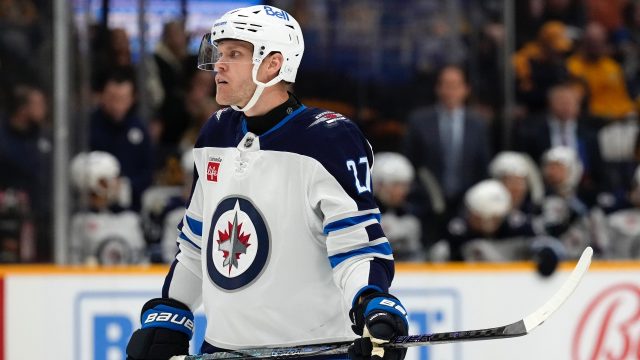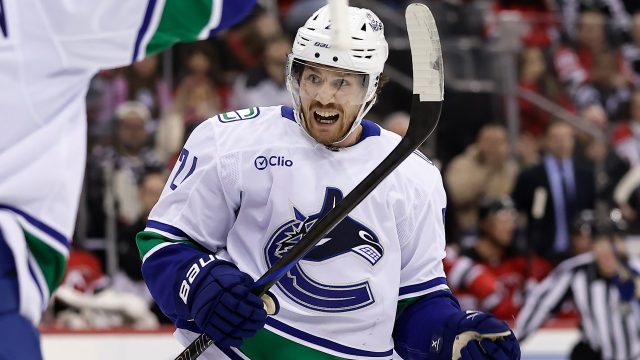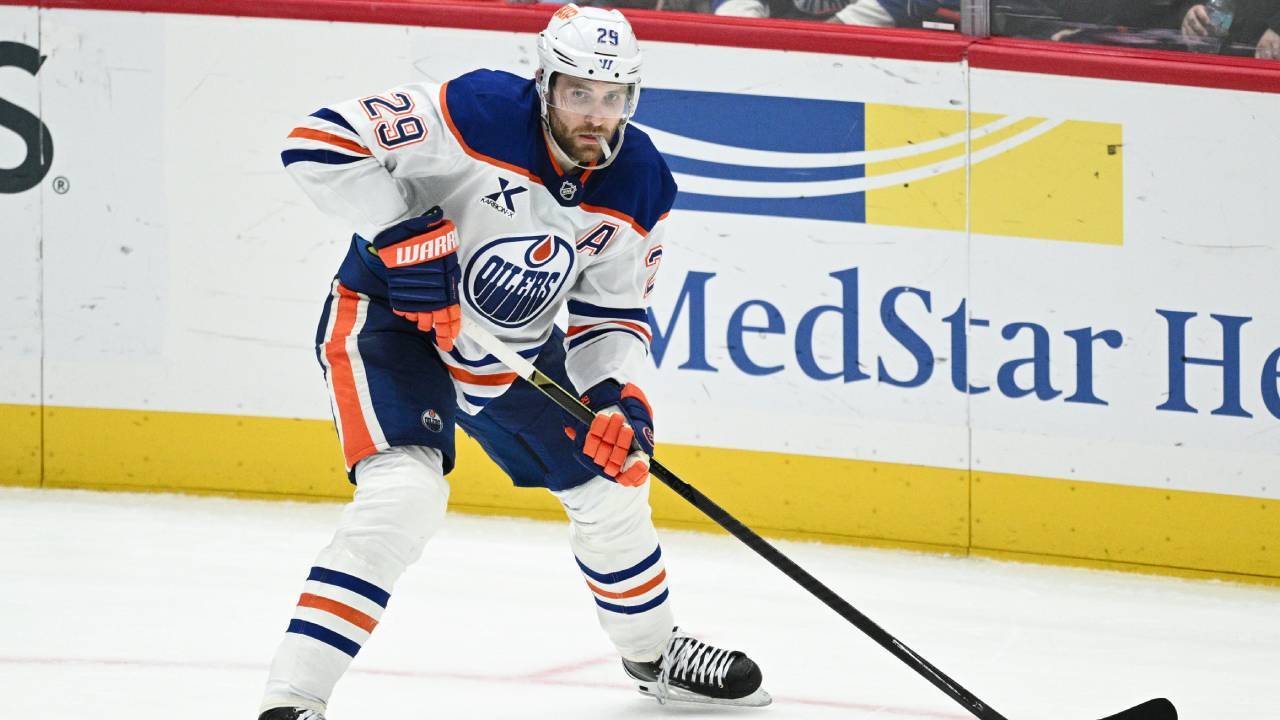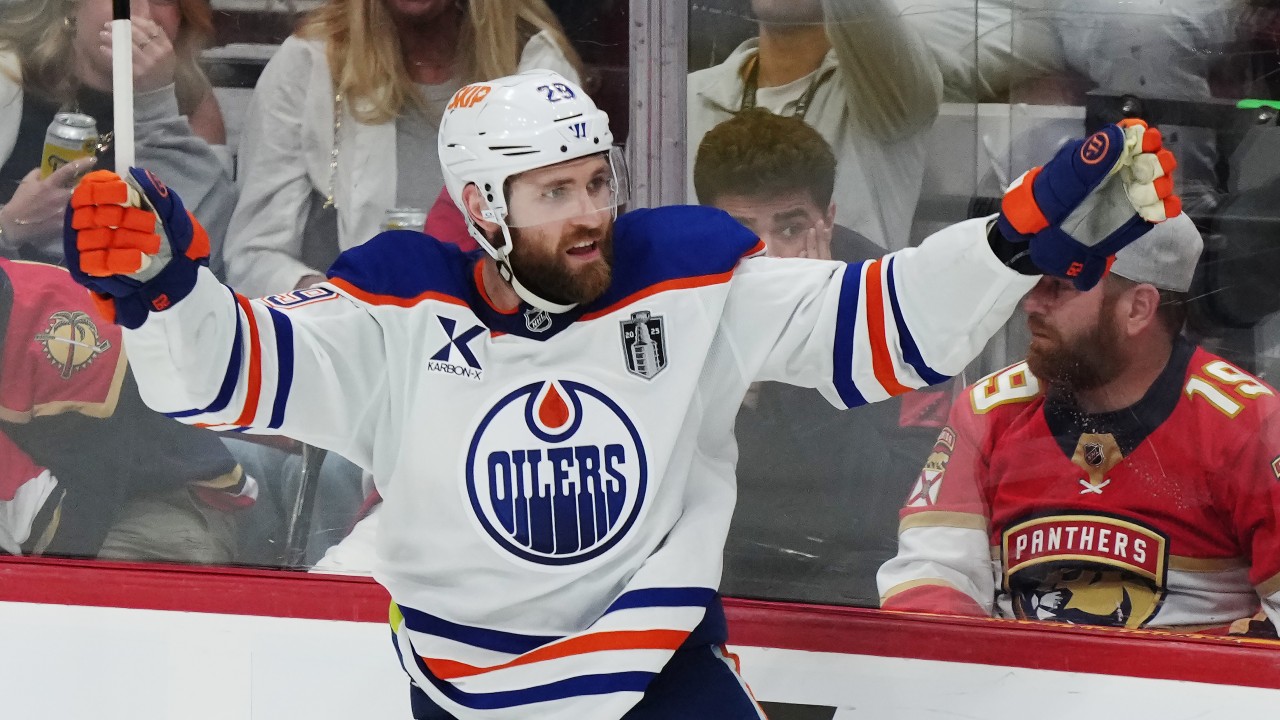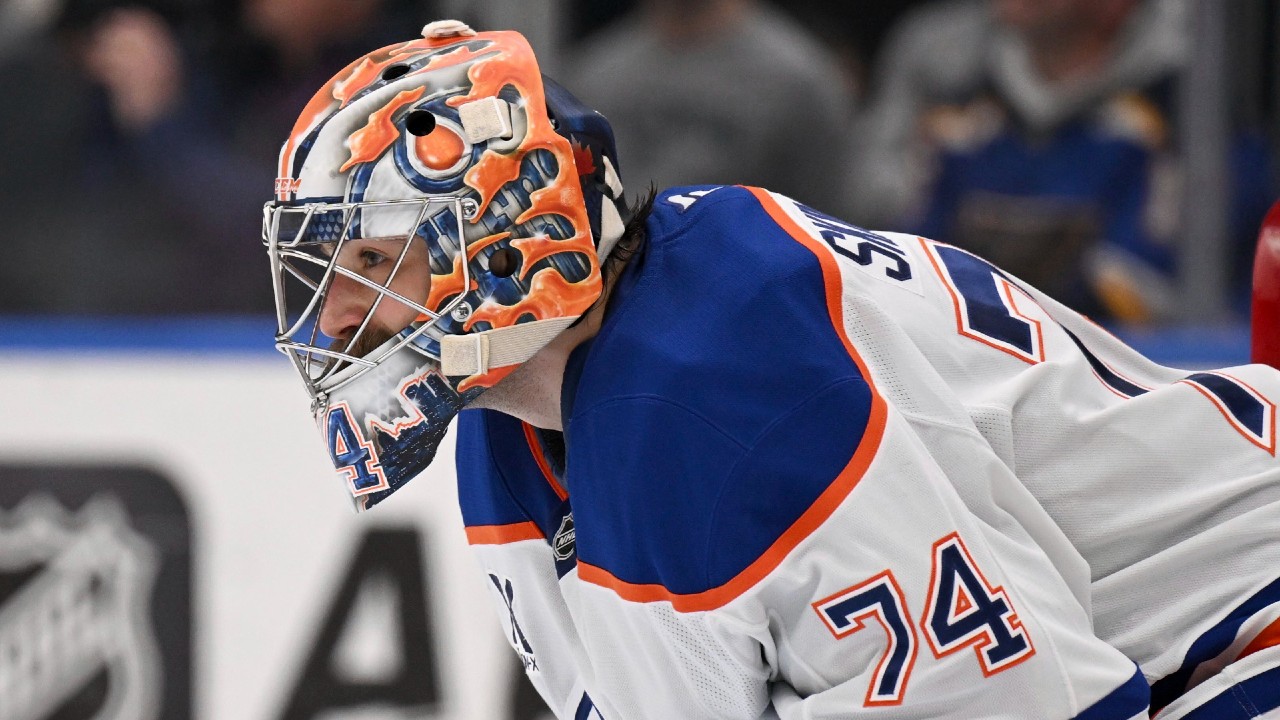
The Friday Four is a collection of thoughts and information on some intriguing storylines from around the NHL. On deck this week is:
- Blackhawks need to do more to support Bedard
- Does Ehlers push Carolina over the top?
- Suter could be the steal of free agency
- Surge in trades upcoming?
Connor Bedard, Chicago Blackhawks
Coming off an electric rookie season, there is starting to be some buzz for Macklin Celebrini when it comes to the Canadian Olympic Team. But the same can’t be said about Connor Bedard, who just completed his sophomore campaign. You rarely hear Bedard mentioned in such talks, to the point that it feels like he’s become somewhat of an afterthought when talking about the great young players in today’s game.
That isn’t an indictment on Bedard as much as it is on how the Chicago Blackhawks have supported the young phenom in his brief NHL career. The 19-year-old simply hasn’t had a ton of talent around him to help ease the transition and build his confidence. Bedard took a small step back in his sophomore campaign offensively, notching 67 points in 82 games after scoring at a 74-point pace as a rookie. He’s now also minus-80 and well under 40 per cent in the faceoff circle in two seasons.
Is it time to panic? Absolutely not. Bedard is still really young and has plenty of skill and time for improvement. Plus, under the circumstances, his scoring rates remains very impressive and he did finish last season with 15 points in 15 games. That said, should the Blackhawks be mildly concerned? Probably. Bedard isn’t as well-insulated as some other young players in the league, and Chicago doesn’t have enough centre depth and veteran talent around him to take some of the pressure off. You don’t want him in an environment that challenging for too long.
Take Celebrini for example, who benefitted as a rookie from having someone like Alex Wennberg around. Wennberg didn’t garner a lot of headlines when San Jose signed him last summer, but he ended up playing nearly 19 minutes per night and took more than 1,000 draws in 2024-25. He did a lot of the heavy lifting and took a good chunk of weight off of Celebrini’s shoulders.
Bedard didn’t have that luxury. The Blackhawks instead invested in wingers Teuvo Teravainen and Tyler Bertuzzi, along with defencemen Alec Martinez and TJ Brodie. Martinez has since retired and Brodie has been bought out, while Teravainen and Bertuzzi produced only moderate results. A year later, the Blackhawks have more than $22M in cap space but no one to spend it on. You can’t blame them for not adding any significant pieces this summer given how things went last year and how thin this free agent-class was, but Chicago may be forced to go the trade route to bring in another talented piece to help Bedard.
You can also see the promise in Celebrini’s situation. Will Smith and William Eklund scored 18 and 17 goals respectively last season and look to be good running mates for Celebrini, while Sam Dickinson is on the way and Michael Misa was just selected second overall in the 2025 draft. That looks to be a really good core that will be on the upswing sooner rather than later, whereas in Chicago, there’s probably a little less certainty. Frank Nazar flashed last year and Artyom Levshunov could be a pillar on blue line. Meanwhile, Anton Frondell, who was taken right after Misa, should eventually be an important asset as well. Still, it does feel like Chicago’s rebuild is at least a step behind San Jose’s at this point.
Most generational talents like Bedard have had the benefit of other great players to start their NHL journey with them. Wayne Gretzky had Mark Messier, Sidney Crosby had Evgeni Malkin and Connor McDavid has Leon Draisaitl. Bedard doesn’t have anyone that’s even in the same stratosphere as those players. He’s on an island — and it looks like he’ll have to navigate another season virtually on his own once again.
If there is a silver lining for the Blackhawks, it’s that they have a boatload of cap space and the 2026 free-agent class is loaded. They could position themselves to take a big run at someone next summer with the sales pitch being that you get to play with Bedard during his prime. But can they really afford to wait that long to get Bedard some help?
Nikolaj Ehlers, Carolina Hurricanes
The Hurricanes finally landed a big fish and signed him long-term. After acquiring Jake Guentzel and Mikko Rantanen over the past two seasons but failing to secure them on long-term deals, Carolina inked Nikolaj Ehlers to a six-year deal a few days into free agency. Ehlers gives the Canes another talented offensive weapon that they are hoping can finally get them over the hump in the post-season.
Even with the Ehlers signing, Carolina has done an excellent job of staying flexible with their cap space and are the gold standard for asset management. The Canes don’t have a single player on their roster making $10 million — rather, they have a ton of valuable skaters locked up long term on team-friendly numbers. With the cap rising quickly, Sebastian Aho at $9.7 million seems quite reasonable for five more seasons and things get even better from there. Ehlers is making more than a million less than that, while Andrei Svechnikov and Seth Jarvis are both earning under $8 million — not to mention Jaccob Slavin, who might be the best defensive defenceman in the league and is only making $6.3 million until 2033. Logan Stankoven is still on a very cheap deal for another season as well before his extension kicks in for the 2026-27 campaign.
And Carolina still has around $10.6 million in cap space to help bolster its roster even further. With the most talented free agents already off the board, the Canes could opt to save the space until the deadline for a trade. They are one of the few contending teams with not only plenty of cap space, but the assets to utilize it in a deal. Thanks to some shrewd work when they flipped Rantanen, Carolina has four first-round picks at its disposal over the next three years. It should be right at the top of the list to use those assets and potentially outbid anyone at the trade deadline.
It remains to be seen if the Hurricanes will finally be able to get back to the Stanley Cup Final in the Eastern Conference, but there’s no denying they’ve been able to build one of the league’s most talented teams without mortgaging their future in the process.
Teams that missed out on Mitch Marner, Brock Boeser and Nik Ehlers were left little choice other than to search for bargain contracts. Perhaps one of those value deals could end up being Pius Suter’s, whom the Blues inked to a two-year contract at just $4.1 million per season.
Given how thin the centre market was, St. Louis did some excellent work getting Suter for that price and only two years. Suter is coming off a 25-goal season and you could see how a team desperate for help down the middle would’ve been enticed to give him a much larger deal. Thanks to a blistering 18.1 shooting percentage, at least a little regression would be expected.
Instead, this deal seems more than reasonable for what Suter brings and the upside he possesses. He could probably play just about anywhere in the top nine and impressed in a late season cameo as the Vancouver Canucks’ top centre when Elias Pettersson went down with injury. Suter closed the campaign with 17 points in his final 18 games.
Now he’ll join the Blues and likely slot in as their No. 2 centre to start, which will help St. Louis be much more balanced. They can keep Dylan Holloway and Pavel Buchnevich on the wings — and with Robert Thomas, Brayden Schenn and Nick Bjugstad now also in the fold, the Blues are suddenly deep down the middle. Suter is a smart player who’s a bit of a Swiss Army knife, making him a really valuable commodity.
The Blues made an impressive run down the stretch last season to earn a playoff spot and nearly knocked out the Presidents’ Trophy winners in the first round. With Suter — and perhaps a Bowen Byram trade? — St. Louis is going to attempt to build on its strong finish. They won’t be sneaking up on anyone next year.
Erik Karlsson, Pittsburgh Penguins
The dust has officially settled on free agency, but there are still a number teams that are looking for help. While a handful of players remain available, any team looking to upgrade its roster in a more significant way will have to go the trade route. Deals are never easy to pull off in a salary cap world, but with so many organizations striking out in free agency, an increasing salary cap and July 1 bonuses being paid, there could be a few more deals than usual this summer.
Someone like Erik Karlsson, for example, just received a $5 million signing bonus and is only owed $11.5 million in real cash in the final two seasons of his deal. His cap hit is still $10 million, but a team needing help on the blue line could ask the Penguins to eat some of that to make a trade more palatable. Karlsson’s deal was once viewed as immovable, but with only a couple of years left and the majority of real money having already been paid, a swap now becomes more realistic.
Max Domi is in a similar situation. The Toronto Maple Leafs forward still has three years left on his deal at $3.7 million per season, but half of the contract has already been paid out when you factor in signing bonuses. That means if the Maple Leafs wanted to offload his contract to clear cap space, they’d have a better chance of doing so because the other team wouldn’t have to pay him that much real money over the next few seasons. With the cap rising, there will be a number of teams looking to get to the cap floor, so deals with larger cap hits than real dollars owed can potentially be of interest depending on the player.
This isn’t to say there will be a flurry of trades over the next month or so, but there are still teams looking for help at centre, on the back end and even in goal. This year’s free-agent class wasn’t that deep and several general managers took a cautious approach on July 1, staying flexible to potentially put themselves in position to swing a deal if something materializes. There’s plenty of time between now and puck drop on next season, so expect some teams to get creative with trades to make a real attempt to improve their roster.


